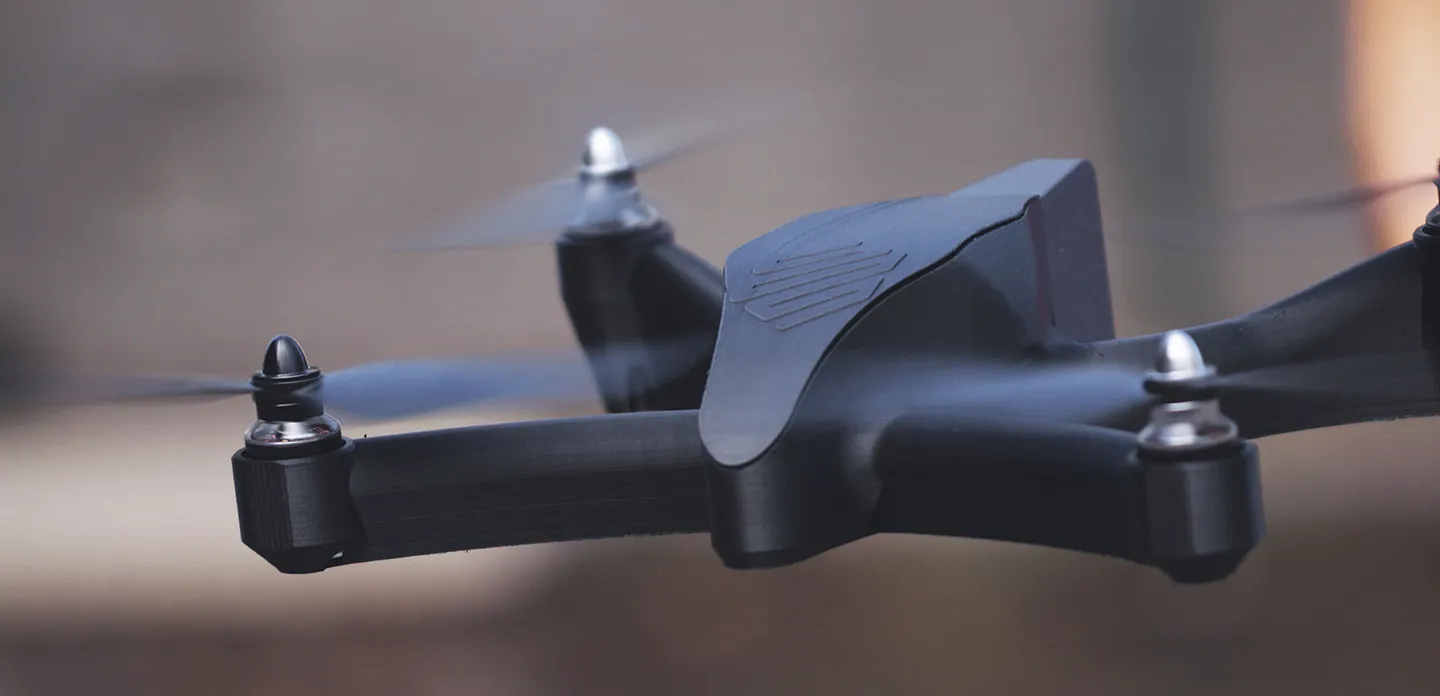Like many innovators, Markforged founder and CEO Greg Mark took his inspiration for the world’s first continuous carbon fiber 3D printer from necessity. His experience producing carbon fiber wings for race cars compelled him to seek a better method for producing carbon fiber composites. Combined with the need of engineers to quickly obtain high-strength parts, this necessity provided the inspiration to merge carbon-fiber production and 3D printing technology, and Markforged was born.
The company has disrupted the status quo in the 3D printing industry by offering access to end-use, production-quality parts having the same strength as metal. While other 3D printers produce fragile replicas of designs that are primarily used for prototyping, Markforged printers generate precision parts that are as strong as metal more affordably at low volumes.
To quickly develop its breakthrough technology, efficiently design new products, and successfully grow the company, Markforged needed a robust 3D development platform. The company chose SOLIDWORKS, acquiring SOLIDWORKS design and SOLIDWORKS Premium design and analysis software, and more recently implementing the SOLIDWORKS PDM product data management (PDM) system.
“Buying SOLIDWORKS was a no-brainer,” Mark stresses. “We picked SOLIDWORKS because we believed it would provide the greatest return on investment. We’re saving time and money using SOLIDWORKS and realizing faster times-to-market. Because the software is easy to use and taught at many universities, it’s easy to add engineers and immediately have them up and running, and contributing.
“SOLIDWORKS is a great CAD package because it makes us fast,” Mark adds. “The world moves fast, and we have to move faster to stay ahead of the competition. SOLIDWORKS is a key differentiator because we can maintain the speed that is critical to our success as the company grows.”
ACCELERATING DEVELOPMENT OF A PRINTER THAT PRINTS ITSELF
Using SOLIDWORKS, Markforged cut its new product development cycles to less than six months—much faster than the typical one-year or year-and-a-half development cycles for most technical hardware products. “In our market, it’s all about speed—about efficiently getting to the right design,” Mark explains. “It’s not just about designing quickly, but about making prototypes, refining the design, and making modifications without burning time or money. SOLIDWORKS gives us unbelievable speed, precise accuracy, and a stable development platform for making design changes. In short, SOLIDWORKS helps us reach the optimal design in less time.”
“SOLIDWORKS supports our iterative workflow,” notes Senior Mechanical Engineer Bennett Wilson. “We do a lot of inventing and prototyping, and often may iterate on a part five times in a single day. SOLIDWORKS fits well with our approach. We’ve actually printed parts designed in SOLIDWORKS on one of our 3D printers for use on another 3D printer, a case in which the 3D printer prints parts of itself.”
